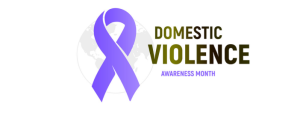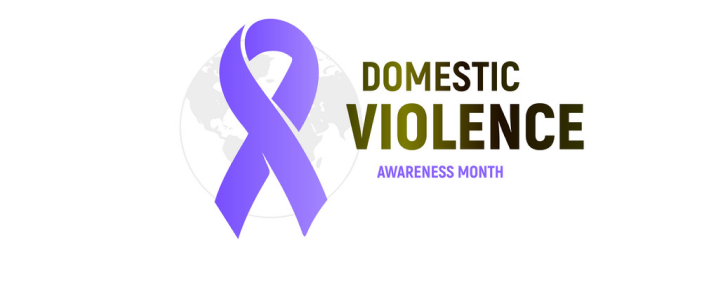Sexual harassment is a form of discrimination, is a violation of human rights and is prohibited by the legislation of Georgia.
There can be no justification for any behavior of a sexual nature that is intended to undermine the dignity of a person.
Concept, types, forms and indicators of sexual harassment
Concept and types of sexual harassment
Sexual harassment is any unwanted verbal, non-verbal or physical behavior of a sexual nature that is intended or causes to violate the dignity of a person and creates an intimidating, hostile, humiliating, degrading or offensive environment for him.
Types of sexual harassment:
Service for service (Quid Pro Quo): Directly or indirectly offering benefits related to the terms of employment in exchange for any sexual behavior and/or implying that he/she will not receive benefits (e.g. demotion, dismissal, etc.) if he/she does not perform the sexual activity desired by the harasser;
Hostile work environment: Creating intimidating, abusive, hostile and/or degrading conditions in the workplace through sexual harassment.
Forms of sexual harassment:
Sexual harassment can be expressed in the following forms:
In verbal form
- A sexual joke;
- A sexual comment about a person’s appearance, dress or personal life;
- Comment on human sexuality;
- A comment about human sexual orientation;
- Comment on your own sexual experience/preference;
- Calling sexual names.
In non-verbal form
- Showing a photo/video of a sexual nature, sending it via the Internet, mobile phone or other technical means;
- Showing gestures of a sexual nature;
- Displaying sexually explicit text. Sending sexually explicit text/messages via the Internet, mobile phone or other technical means.
In physical form
- Touching the face or body (e.g. shoulder, waist, etc.).;
- A hug;
- A pinch;
- A kiss.
The list is not exhaustive and may include any conduct of a sexual nature that is undesirable and intended or causes to violate the dignity of a person and creates an intimidating, hostile, humiliating, degrading and/or offensive environment for him/her.
Indicators of sexual harassment
The following indicators should be taken into account to define an act as sexual harassment:
- The nature of the action;
- Perception of the situation by the victim;
- Intensity of action;
- Repeatability of action;
- The harasser’s ability to influence the victim;
- Vulnerable state of the victim;
- The relationship between the harasser and the victim, including the job hierarchy.
Indicators are not exhaustive and the presence of one indicator may be sufficient to confirm sexual harassment.
Sexual violence
Victims of domestic violence often experience sexual violence as well. It is worth noting that women in violent relationships may not realize, or are not ready to realize, that they are being sexually abused. This can be caused by various circumstances, including:
- Some women may view any type of sexual intercourse (consensual or non-consensual) as a “spousal duty” and may not realize that abuse is a crime;
- The victim may be sure that no one will believe him/her, or that he/she himself/herself provoked the violence;
- The victim may be ashamed or afraid that reporting the incident will “dishonor” the family.;
- The victim can only turn to the appropriate authorities when the violence becomes unbearable or reaches an extreme level.
As a rule, victims of domestic violence report only physical violence to the appropriate authorities and refrain from providing information about sexual violence, or deny the existence of such violence. However, sexual abuse, whether in a domestic or other intimate relationship, is often carried out in the context of domineering and humiliating behavior.
This may include physical, psychological, economic abuse, sexual harassment, stalking or other forms of abuse by intimate partners. Offenders may resort to extreme forms of manipulation.


